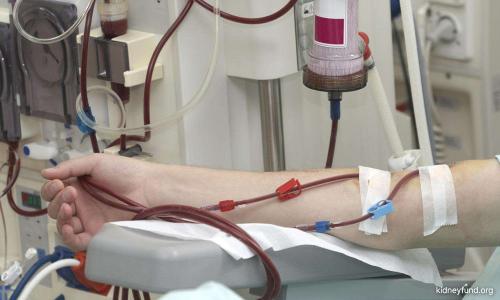LETTER | Exploring single-use, multi-use dialysers for patient well-being
LETTER | Dialysis treatment is a critical lifeline for patients with kidney failure. Patients need to decide the choice between single-use and multi-use dialysers. This plays a vital role in ensuring patient safety and treatment effectiveness.
As we delve into the realm of dialysis care, we uncover the advantages and considerations associated with these two options, all while aligning with the global pursuit of well-being as highlighted by the Sustainable Development Goals (SDGs).
The reuse of dialysers is associated with environmental contamination, allergic reactions, residual chemical infusion (rebound release), inadequate concentration of disinfectants, and pyrogen reactions.
In the pursuit of safe and effective patient care, nursing educators emphasise the importance of comprehending the dialysis equipment. Single-use dialysers emerge as champions in this narrative, offering a host of benefits. These sterile devices mitigate infection risks, boast consistent performance, and introduce a layer of convenience for both patients and healthcare providers.
With their sterile nature, single-use dialysers eliminate the need for rigorous cleaning and disinfection processes, ensuring standardised quality while saving precious time.
Potential drawbacks
However, the landscape isn’t one-sided. Multi-use dialysers present an avenue for cost-effectiveness, but not without trade-offs. Potential drawbacks include infection risks stemming from inadequate cleaning and disinfection, variability in performance across multiple sessions, and heightened demands on the healthcare workforce.
The maximum number of safe reuses for these dialysers depends on factors like manufacturer guidelines and the rigour of cleaning protocols.
Reprocessing of dialysers has traditionally been acknowledged to improve blood-membrane biocompatibility and prevent first-use syndromes. Balancing these considerations remains pivotal in the pursuit of patient-centric care.
Importance of education
Aligning with the ethos of the Sustainable Development Goals, particularly SDG 3, which envisions universal well-being, healthcare providers and educators occupy a crucial role in educating dialysis patients about the dynamics of dialyser choices.
This education emphasises infection control measures, meticulous cleaning and disinfection protocols, and regular maintenance. By adhering to these principles, healthcare professionals contribute to infection prevention and ensure the delivery of effective dialysis treatment.
By nurturing this knowledge within nursing students, we equip the future generation of healthcare practitioners with the skills and awareness to make informed decisions, positively impact patient outcomes, and actively contribute to global health and well-being endeavours.
In the intricate web of dialysis care, the choice between single-use and multi-use dialysers is a pivotal crossroads. This decision echoes far beyond treatment rooms, resonating with global aspirations for health, well-being, and equitable patient care.
It underscores the integral role of nursing education and the unwavering commitment of healthcare providers in weaving a tapestry of well-being for all.
The authors are lecturers at the Department of Nursing, School of Medical and Life Sciences, Sunway University.
The views expressed here are those of the author/contributor and do not necessarily represent the views of Malaysiakini.
RM12.50 / month
- Unlimited access to award-winning journalism
- Comment and share your opinions on all our articles
- Gift interesting stories to your friends
- Tax deductable
